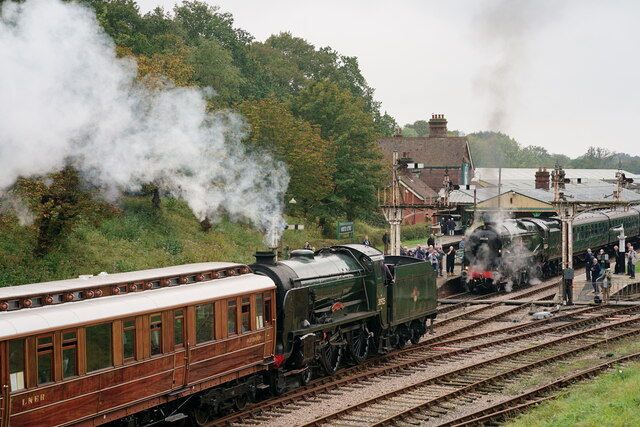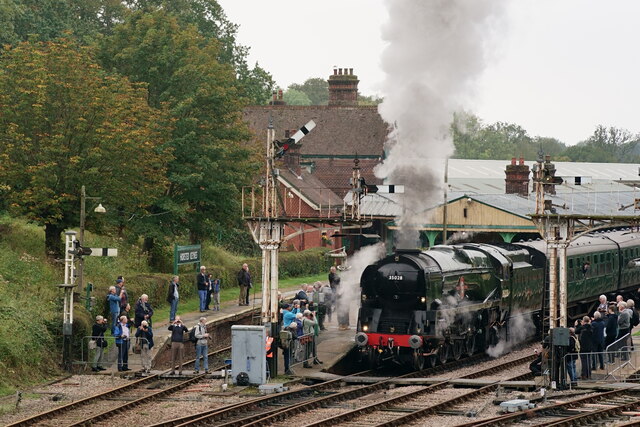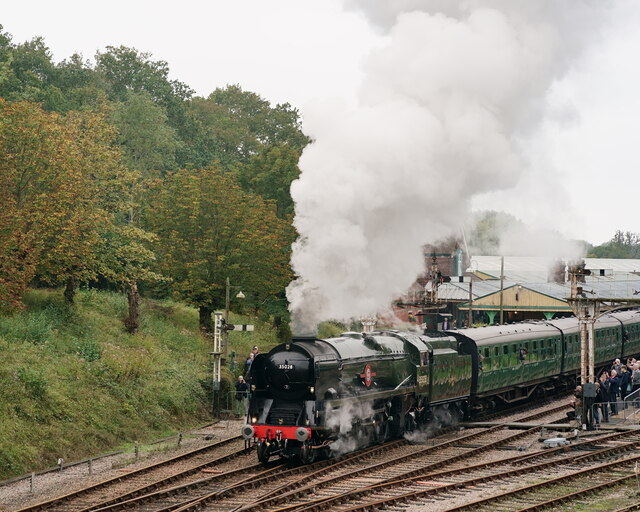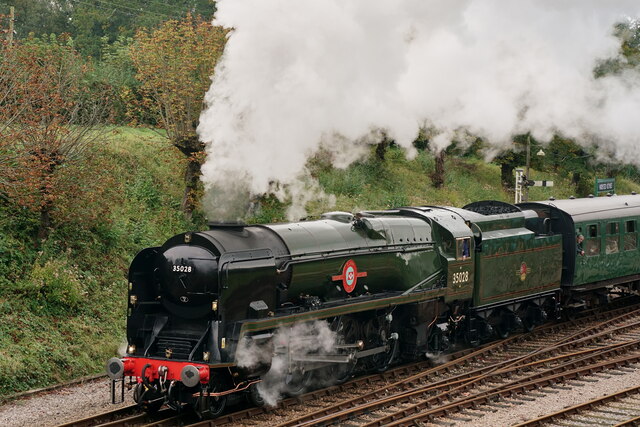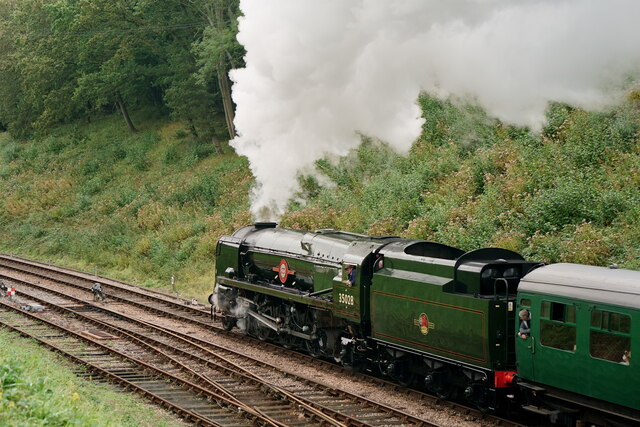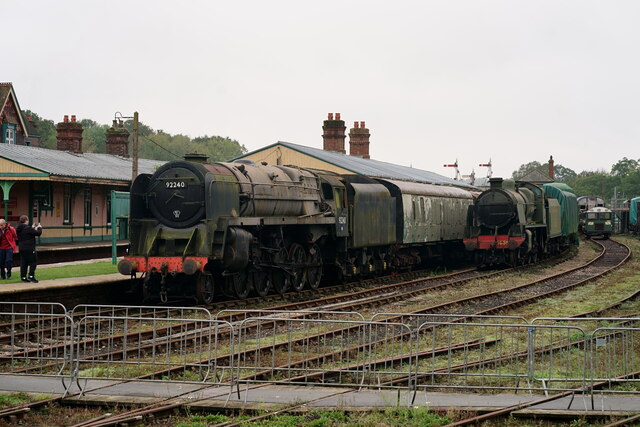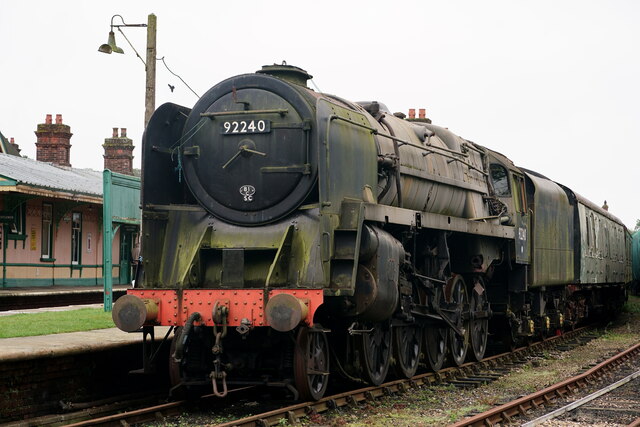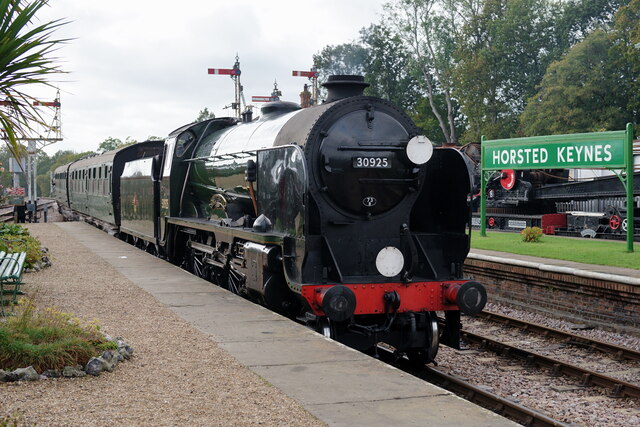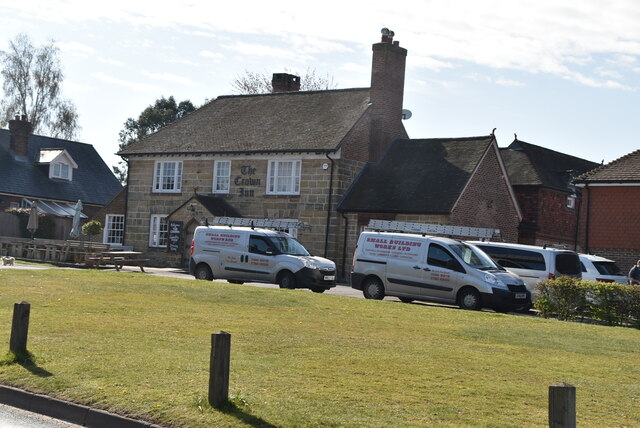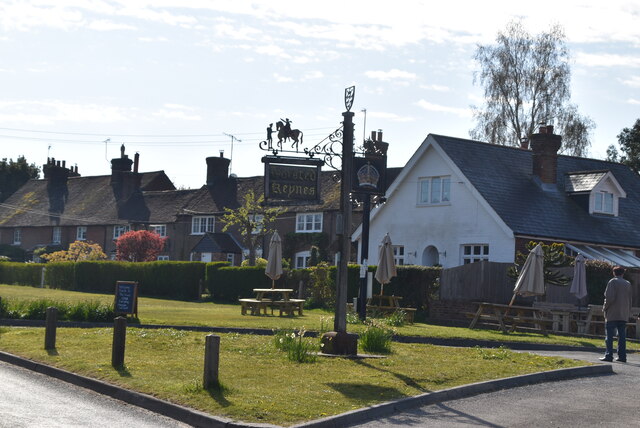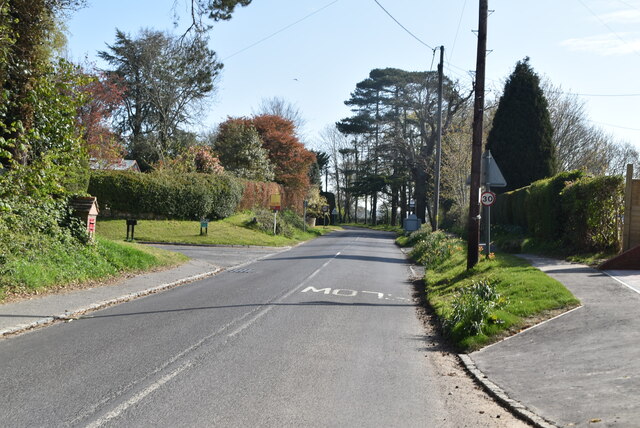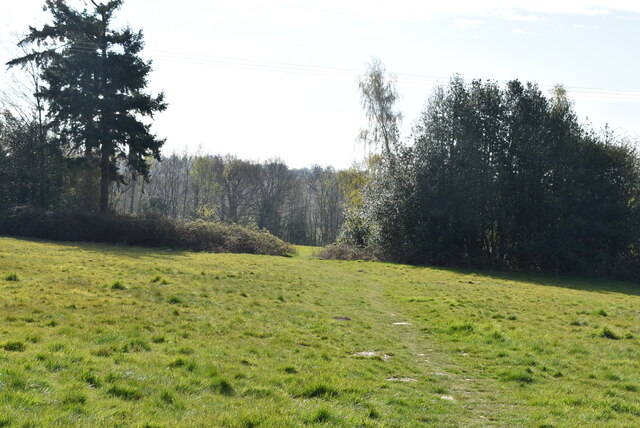Alderly Platt
Wood, Forest in Sussex Mid Sussex
England
Alderly Platt
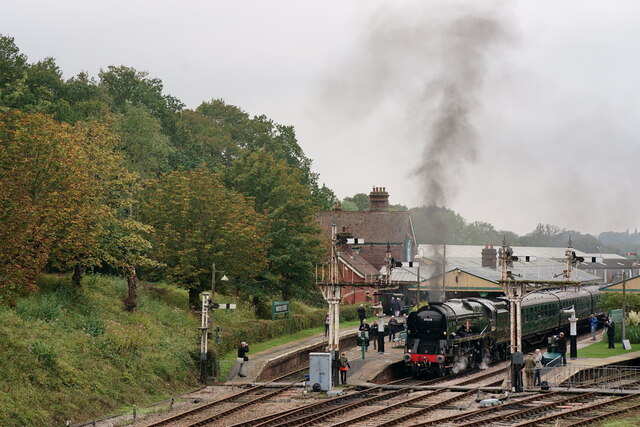
Alderly Platt is a picturesque woodland located in Sussex, England. Situated amidst the stunning countryside, this forested area spans over several acres and offers a serene and idyllic retreat for nature enthusiasts and outdoor lovers. The woodland is named after the alder trees that predominantly grow in the area, lending it a unique charm.
As one enters Alderly Platt, they are instantly greeted by a canopy of towering trees, creating a cool and shady environment even on the hottest of days. The forest floor is carpeted with a lush undergrowth of ferns, moss, and wildflowers, adding vibrant hues to the otherwise green landscape. The area is also home to a diverse range of wildlife, including various species of birds, small mammals, and insects, making it a haven for birdwatchers and wildlife photographers.
Visitors can explore the woodland through a network of well-maintained footpaths and trails that meander through the trees, allowing them to fully immerse themselves in the tranquility of nature. The trails cater to all levels of fitness and offer opportunities for leisurely strolls, invigorating hikes, and even cycling. Along the way, one can discover hidden clearings, babbling brooks, and enchanting viewpoints that provide breathtaking vistas of the surrounding countryside.
Alderly Platt also boasts picnic areas and designated camping spots, allowing visitors to extend their stay and enjoy a night under the stars. The forest is a popular destination for families, nature enthusiasts, and those seeking solace from the hustle and bustle of everyday life.
If you have any feedback on the listing, please let us know in the comments section below.
Alderly Platt Images
Images are sourced within 2km of 51.039928/-0.035467022 or Grid Reference TQ3728. Thanks to Geograph Open Source API. All images are credited.
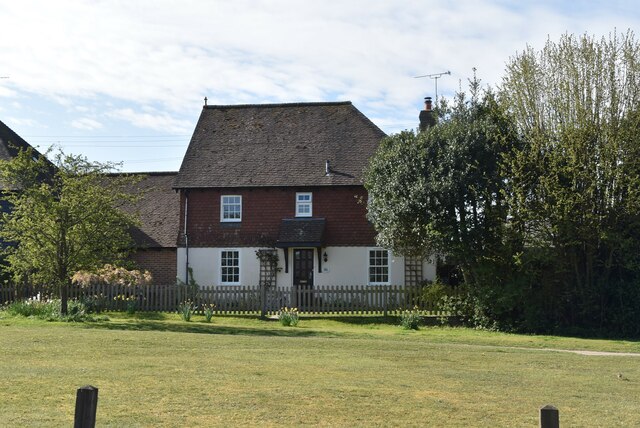
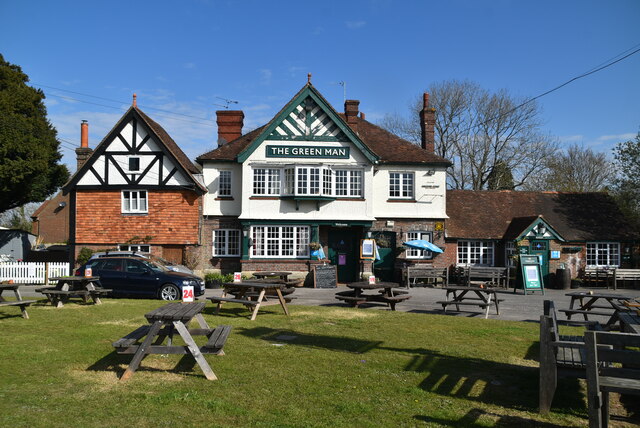
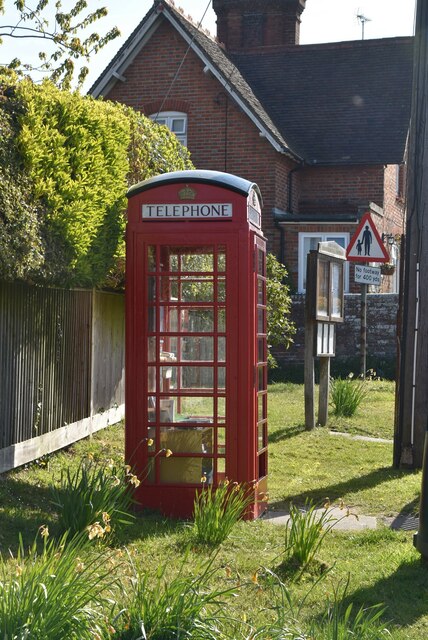
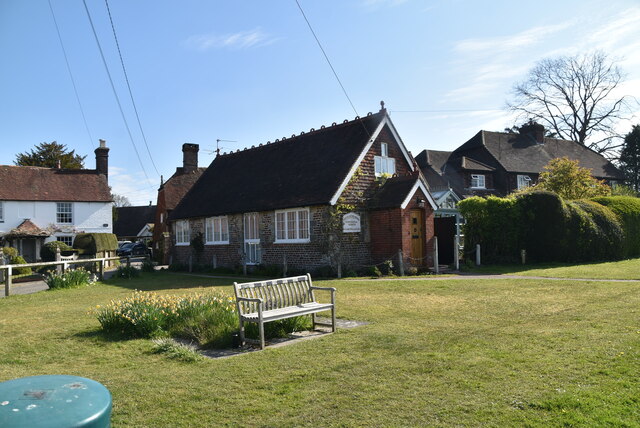
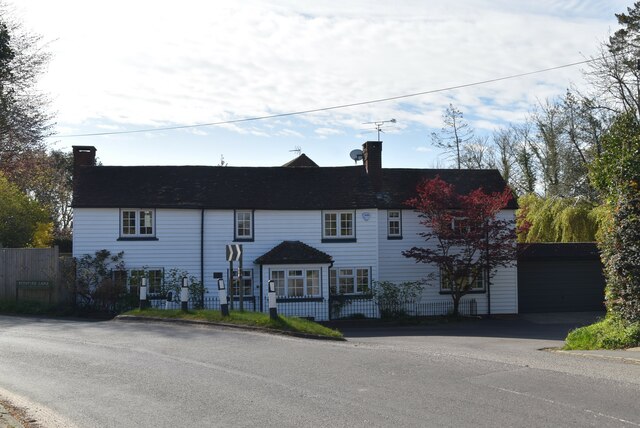
Alderly Platt is located at Grid Ref: TQ3728 (Lat: 51.039928, Lng: -0.035467022)
Administrative County: West Sussex
District: Mid Sussex
Police Authority: Sussex
What 3 Words
///thrillers.recovery.edit. Near Horsted Keynes, West Sussex
Nearby Locations
Related Wikis
Lindfield & High Weald (electoral division)
Lindfield & High Weald is an electoral division of West Sussex in the United Kingdom, and returns one member to sit on West Sussex County Council. ��2...
St Giles' Church, Horsted Keynes
St Giles' Church is an Anglican church in the village of Horsted Keynes in Mid Sussex, one of seven local government districts in the English county of...
Horsted Keynes
Horsted Keynes KAYNZ is a village and civil parish in the Mid Sussex District of West Sussex, England. The village is about 5 miles (8 km) north east...
Horsted Keynes railway station
Horsted Keynes railway station is a preserved railway station on the Bluebell Railway in Sussex. The station has been used as a shooting location in several...
Bluebell Railway
The Bluebell Railway is an 11 mi (17.7 km) heritage line almost entirely in West Sussex in England, except for Sheffield Park which is in East Sussex....
Freshfield Lane
Freshfield Lane is a 17-hectare (42-acre) geological Site of Special Scientific Interest east of Haywards Heath in West Sussex. It is a Geological Conservation...
All Saints Church, Highbrook
All Saints Church is an Anglican church in the hamlet of Highbrook in Mid Sussex, one of seven local government districts in the English county of West...
Danehill, East Sussex
Danehill is a village in East Sussex, England. == Religious sites == There are two Anglican churches in the parish: one at Danehill (dedicated to All Saints...
Related Videos
Wild Boar Wood Campsite - Walking around the campsite
Wild Boar Wood Shaky iPhone Series - Walking around our Sussex Campsite, taking a look at our woodland bell tents.
Bluebell Railway Summer Holiday Service - Friday 3rd August 2018
BluebellRailway #Steam #Train As I had a spare day off with nothing planned on another exceptionally hot day this summer I ...
Bank Holiday Weekend at the Bluebell Railway with 178, 323, 80151 & 592! - Sunday 28th August 2011
BluebellRailway #Steam #BankHoliday A short video from late afternoon on the Bank Holiday weekend summer Sunday service ...
Nearby Amenities
Located within 500m of 51.039928,-0.035467022Have you been to Alderly Platt?
Leave your review of Alderly Platt below (or comments, questions and feedback).
